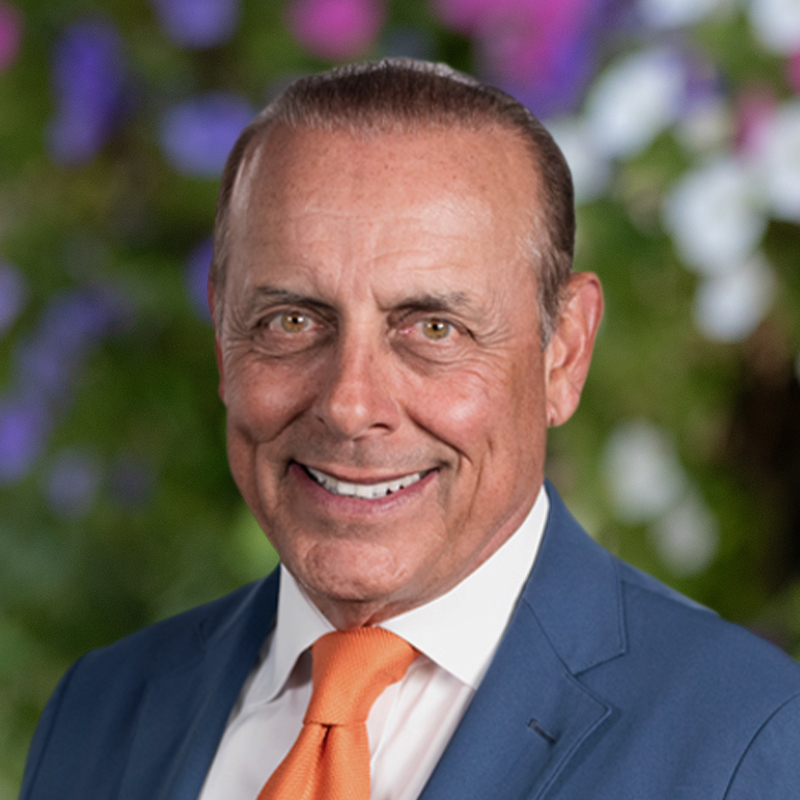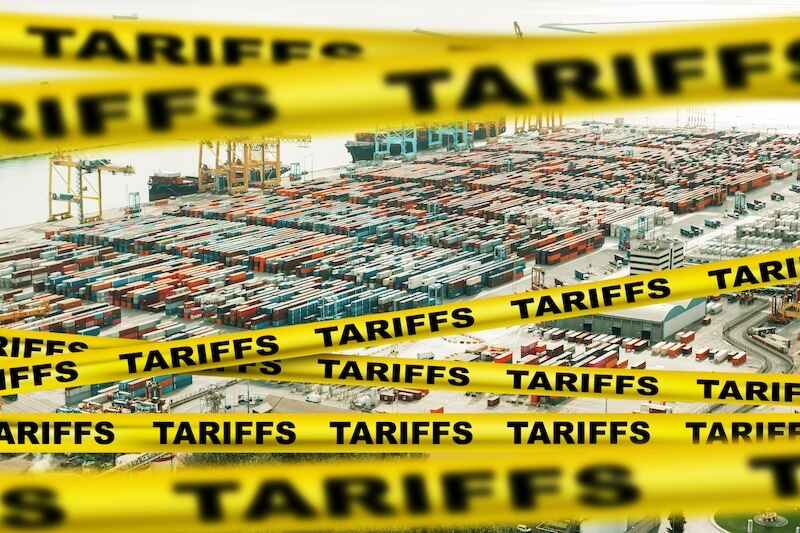Retirees Reaching for Yield in Fixed Income Products Need to Think Twice
Shah Gilani|June 5, 2020
The free market isn’t free anymore, even though a lot of retired and soon-to-be retired folks think it is.
The truth is nothing in the capital markets moves freely anymore, especially interest rates.
Now, frighteningly, because America has morphed into a quasi-command economy where the Federal Reserve dictates economic policy, retirees don’t understand how dangerous most bonds and fixed income products have become in the new normal “socialized capital markets regime.”.
Here’s what’s being manipulated, why it’s bad, how it’s impacting fixed income investments, and what retirees and soon to be retired investors should be doing instead of putting themselves at great risk.
Everyone knows as we get older, we’re supposed to pare back our exposure to “riskier” stocks and gradually shift into “safer” fixed income investments.
That old-school plan is predicated on being able to collect a decent amount of interest on fixed income investments and assumes the bond market is a safe place.
Too bad both of those suppositions are patently false.
How the Markets Became Riskier than Ever… No Matter What You Buy
Because the Federal Reserve’s manipulated interest rates so low for so long now, the only way to get any kind of yield worth considering is by buying high yielding bonds and risky fixed income products.
What most Americans don’t see is how the Federal Reserve’s hijacked our capital markets and manipulates them up and down to the benefit of the constituent banks that own the Fed and whom the Fed is supposed to regulate.
The ostensible reason the Federal Reserve Act of 1913 was able to be greased through an ignorant, duped Congress was the “System” was supposed to make banks safer, so depositors wouldn’t live in fear of losing their money when banks overextended themselves.
If the Fed, then or now, ever wanted to make America’s banks safe it would simply mandate they always maintain 25% reserves.
All that means is for every dollar a bank lends out or uses to trade for their own profit (or loss) it would have to keep 25 cents in reserve.
But banks wouldn’t be able to make the tens of billions of dollars in profits they make each and every year if they were that safe. Sure, they’d make a lot of money, just not insane enough amounts to make the banking oligarchy that runs America as filthy rich and powerful as they are.
The Fed’s job is to pretend they’re regulating big banks while they manipulate interest rates up and down to serve the bankers’ profiteering schemes. And if the banks blow themselves up because of their greed, the Fed bails them out. It’s a racket the banks run that Americans just don’t understand.
There’s plenty of history to prove exactly what’s going on. But you only need to remember the most recent history to understand how the game’s played and how it affects you.
How Explosions, Implosions, and Junk Money Can Lead to Profits
The Financial Crisis could not have ever happened if the Fed hadn’t artificially manipulated interest rates so low for so long in the first place, forcing investors to reach way out on the risk spectrum to get any yield, and paving a path for bankers to meet yield hungry needs with grossly leveraged products.
With the tiny reserves they’re supposed to maintain the TBTF banks leveraged themselves up with the same subprime mortgages, mortgage-backed securities, derivatives on those securities, CMOs, and CMO squared garbage, and synthetic securities, and other crazy junk they manufactured, and sold, and traded, and invested in, and blew themselves up with. But you know that.
They did such a good job of blowing themselves up in their pursuit of ungodly profits they blew up the economy too. So, not only did the Fed have to rescue the big banks (some weren’t rescued so the rescued too-big-to-fail banks could absorb them and become bigger) the Fed had to rescue the economy too.
Thank goodness for the Fed, right!
The Fed’s rescue plan for its banks and the economy was to manipulate interest rates lower for longer.
Starting to see where this is going.
Capital markets, for decades, but ever more so now, have become so hooked on artificially low interest rates, that every time the Fed talks about “normalizing” rates, whatever that means, the stock market throws up and the bond market backs-up, and losses mount across Wall Street and Main Street.
So, back down rates go. Because that’s what socialized capital markets require, artificially low rates for as long as it takes for, something to happen.
What’s that something? Inflation at 2%? GDP growth at 5%? Unemployment at 3%? A chicken in every pot and two cars in every garage?
They’re all fake targets, made up, and meaningless.
Then the pandemic descends upon us.
And markets shuddered. And rates were manipulated down to zero (not for us, for the banks).
Meantime, none of us are getting younger. In fact, a lot of us are nearing retirement or already retired.
While that’s got its own set of issues, the problem we’re facing is transitioning out of “riskier” assets like stocks and into “safe” bonds and fixed income products.
But there’s no yield worth buying. The only yield that looks good out there is high yield paper, the risky stuff.
For all you Treasury investors, sorry but you’re safe-haven, low yielding Treasury bills, notes and bonds are a lot riskier than you ever imagined. They’re now riskier than stocks, by a huge margin.
Stick with me here. Because next time I’ll tell you exactly why Treasuries are so risky, why bonds and fixed income products aren’t the way to go, and what you should buy instead.
I’ve also got investments that don’t even touch the markets… and that means the Fed’s moves don’t impact them.
Nope, it’s not impossible because these companies aren’t traded on the public market. But you can still invest.
You don’t need a million dollars or a Level 400 clearance. Private, angel investing is being revolutionized, and it’s more accessible than ever.
That means, the potential for quadruple-digit returns are also more accessible than ever. You can learn more here.
And yeah, on top of that, I’ve also got investments for you that yield, 4%, 5%, 6% and more. And I’ll be naming names.
Until then,
![]()
Shah

Shah Gilani
Shah Gilani is the Chief Investment Strategist of Manward Press. Shah is a sought-after market commentator… a former hedge fund manager… and a veteran of the Chicago Board of Options Exchange. He ran the futures and options division at the largest retail bank in Britain… and called the implosion of U.S. financial markets (AND the mega bull run that followed). Now at the helm of Manward, Shah is focused tightly on one goal: To do his part to make subscribers wealthier, happier and more free.

